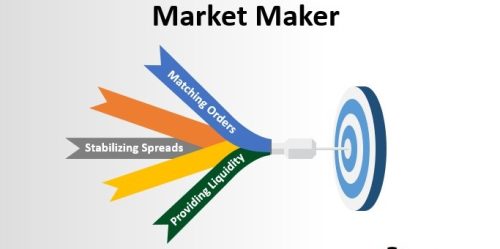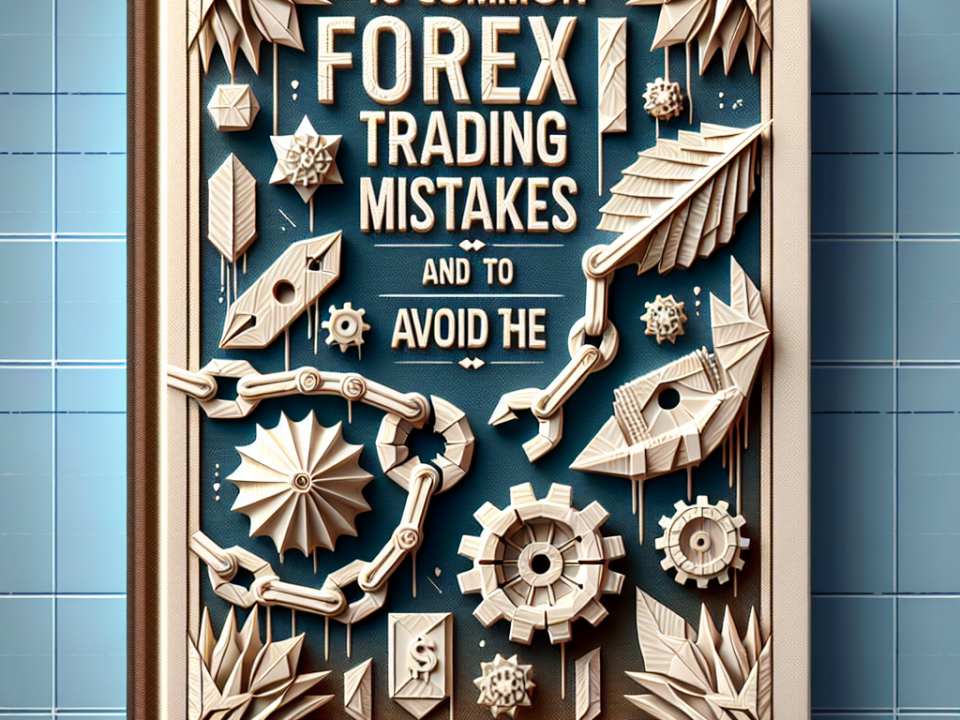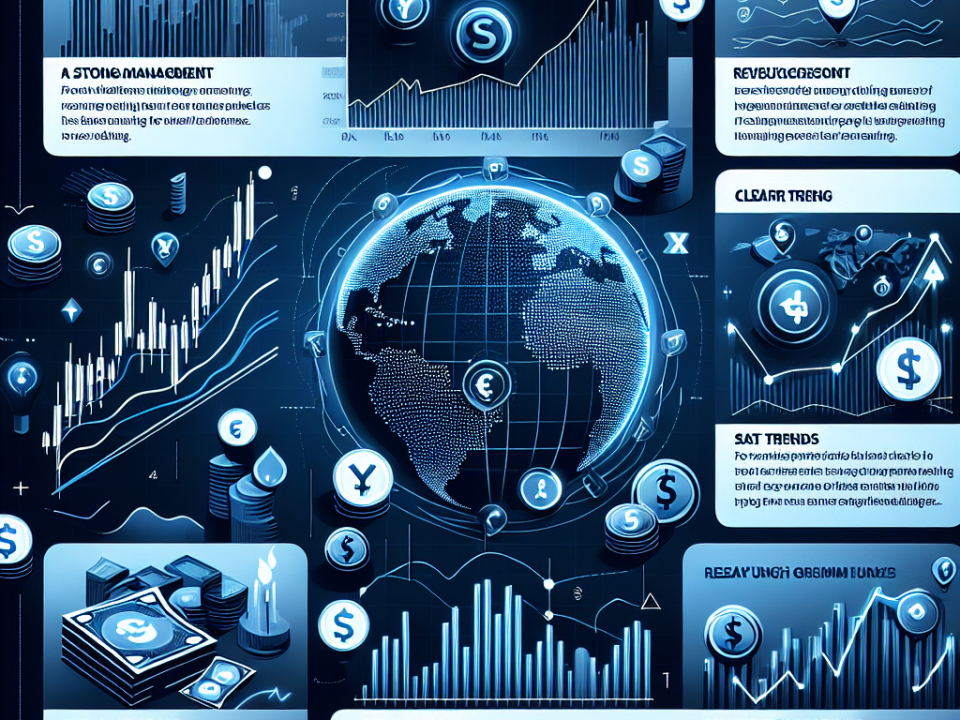
WHAT TOOLS DO THE DEALERS AND BROKERS HAVE
October 1, 2024
Essential Tips for Forex Trading Beginners
October 1, 2024What Tools Do the Market Makers Have in Forex?
In the Forex market, market makers (MMs) are key players with significant influence over price movements. Unlike retail traders, who mostly react to price changes, market makers have the power to move prices, create liquidity, and manipulate market conditions to their advantage. This power allows them to profit from the difference in buy and sell prices, known as the spread, while also strategically trapping traders into unfavorable positions. However, their influence comes with some restrictions.
In this article, we will explore the tools that market makers use to manipulate the market and the strategies they employ to generate profits. We’ll also touch on the restrictions they face from external authorities like the International Monetary Fund (IMF) and how market makers strategically operate within these constraints.
Understanding the Role of Market Makers in Forex
Market makers play an essential role in ensuring market liquidity by acting as intermediaries between buyers and sellers. They set both the bid (buy) and ask (sell) prices for currency pairs, profiting from the spread. But beyond simply facilitating trades, they use their significant volume of transactions and access to insider market data to influence price movements in ways that often benefit their own positions.
Why Market Makers Have a Significant Influence
The sheer volume of trades that market makers handle gives them enormous influence over price movements. Retail traders, on the other hand, often execute much smaller trades and thus lack the power to shift market prices. To stay profitable, market makers use a variety of tools and strategies to move the market in their favor, all while creating liquidity for others to trade.
What Tools Do Market Makers Have?
Market makers have several powerful tools at their disposal that allow them to influence price and create liquidity. However, they operate under certain restrictions imposed by external authorities such as the IMF. Let’s examine these tools and strategies in detail.
1. Control Over Price Movements
The most significant tool market makers have is their ability to buy and sell currencies in large volumes at different prices. By strategically placing large buy or sell orders, they can influence the market in a way that aligns with their goals. However, their ability to move prices is limited to a certain range.
Restrictions Imposed by External Authorities
- The IMF Restrictions: Market makers cannot move prices infinitely in any direction without limits. The IMF imposes restrictions to prevent excessive volatility that could lead to market collapse. These restrictions typically limit price movements to around 200 pips per day for most currency pairs.
- ADR Limits: The Average Daily Range (ADR) often caps price movement for a given currency pair, and market makers must operate within this range. The ADR represents the average price movement of a currency pair over a specific period, helping to avoid extreme fluctuations.
2. Manipulating the Spread
Market makers can manipulate the spread—the difference between the bid and ask price—to their advantage. During times of high volatility or news events, they may widen the spread to increase their profits. This makes it more costly for retail traders to enter or exit trades and can lead to losses, particularly for strategies like scalping, which rely on tight spreads.
3. Triggering Stops and Liquidity Hunting
Market makers have insight into where retail traders have placed their stop-loss orders, which are used to exit trades when the market moves against them. By intentionally moving the price to hit these stop levels, market makers can trigger a wave of forced exits, creating liquidity that they can then take advantage of.
How It Works:
- Trap Setting: Market makers can entice traders into positions by giving the illusion that the price is moving in a particular direction. Once a large number of traders have entered the market and placed their stop-loss orders, the market maker can move the price sharply in the opposite direction, triggering the stops and profiting from the liquidity generated.
- Price Spikes: Market makers often create price spikes—brief, sharp movements designed to take out stops. Once the stops are hit, the price quickly reverts to its original range, allowing the market makers to benefit while retail traders are left with losses.
4. Emotional Manipulation Through Volatility
Price volatility plays a significant role in trapping retail traders. Market makers can intentionally create large price swings to exploit emotional reactions from less experienced traders. For instance, a rapid price drop may cause panic, leading traders to exit their positions prematurely, only for the price to rebound moments later. Market makers take advantage of these emotional decisions to increase their profits.

5. Strategic Timing
Market makers are particularly active during key times of the trading day and seasonal periods. These periods tend to see higher volumes and volatility, making it easier for market makers to manipulate prices. Some of the most common times when market makers manipulate prices include:
- The beginning and end of a session
- The beginning of the trading day
- The start of the trading week (Sunday/Monday)
- The end of the trading week (Friday)
- Quarterly periods (start and end of the quarter)
By manipulating prices during these times, market makers can create false breakouts, trigger stops, and mislead traders into taking positions that ultimately result in losses.
6. Using News and Sentiment to Influence Markets
News releases and market sentiment are powerful tools in the hands of market makers. They can exploit the public’s emotional reaction to news, such as economic reports or geopolitical events, to manipulate price movements.
- Sentiment Manipulation: Often, pessimistic or optimistic news about a currency can cause traders to make emotional decisions based on sentiment rather than logic. Market makers can take advantage of this by moving the price in the opposite direction once the majority of traders have taken positions based on the news. This results in a market “trap”, where traders are forced out of their positions at a loss.
7. Taking Advantage of Liquidity Gaps
Market makers often take advantage of liquidity gaps—times when there are fewer active buyers or sellers in the market. During these periods, they can move the price more easily, triggering stops and profiting from the resulting liquidity. These gaps usually occur during off-peak hours or around major news events.
How Market Makers Manipulate to Trap Traders
Market makers often lure retail traders into taking positions by showing evidence that price is moving in a certain direction. Once enough traders have taken the bait, the market maker then moves the price in the opposite direction, forcing traders into losing positions. Here’s how this process works:
- Enticing Traders: Market makers create an illusion of price movement, enticing traders to take positions. For instance, they might push the price up to create the appearance of a bullish trend.
- Triggering Stops: Once traders have entered positions and placed their stop-loss orders, the market maker moves the price sharply in the opposite direction, triggering those stops.
- Profiting from Losses: As traders are forced to sell at lower prices (or buy at higher prices), market makers profit by buying back at lower prices or selling at higher prices.
Why Market Makers Close Positions Periodically
Market makers do not have unlimited equity, so they must periodically close positions to maintain balance. This process is essential for them to continue operating profitably while maintaining their liquidity. By closing positions, they reset the market, often causing temporary price corrections that traders can either profit from or get trapped in, depending on their strategy.
Final Thoughts: Understanding the Market Maker’s Game
Understanding the tools and strategies that market makers use is critical for retail traders. While it may seem like the odds are stacked against you, having insight into these mechanisms allows you to better navigate the market. Rather than trying to compete directly with market makers, your goal should be to identify the patterns they use and align your trading with their actions.
By recognizing the times when market makers are most active, understanding how they manipulate prices, and learning to avoid emotional trading, you can protect yourself from their traps and even profit from their strategies.
Conclusion
Market makers have a variety of tools at their disposal, from manipulating the spread to triggering stops and taking advantage of liquidity gaps. While they operate within certain restrictions, they still wield considerable power over price movements. By understanding these tools and how market makers use them, retail traders can better anticipate price changes and avoid falling into the traps set by market makers.
FAQs
1. What tools do market makers use to manipulate prices?
Market makers use tools such as manipulating the spread, triggering stop-loss orders, creating price spikes, and using news events to move prices in their favor.
2. How do market makers trigger stop-loss orders?
Market makers can manipulate prices to reach levels where retail traders have placed stop-loss orders, forcing them to exit their positions. This creates liquidity for the market maker to profit from.
3. Are market makers allowed to manipulate prices indefinitely?
No, market makers are subject to restrictions imposed by external authorities, such as the IMF, which limit the range of price movements to prevent extreme volatility.
4. How do market makers use news and sentiment to their advantage?
Market makers take advantage of emotional reactions to news events by moving prices in a way that traps traders. For example, after negative news, they may push prices up to create losses for traders who reacted emotionally.
5. When are market makers most active in manipulating prices?
Market makers tend to manipulate prices during key periods, such as the beginning or end of a trading day, session, or week, as well as around major




